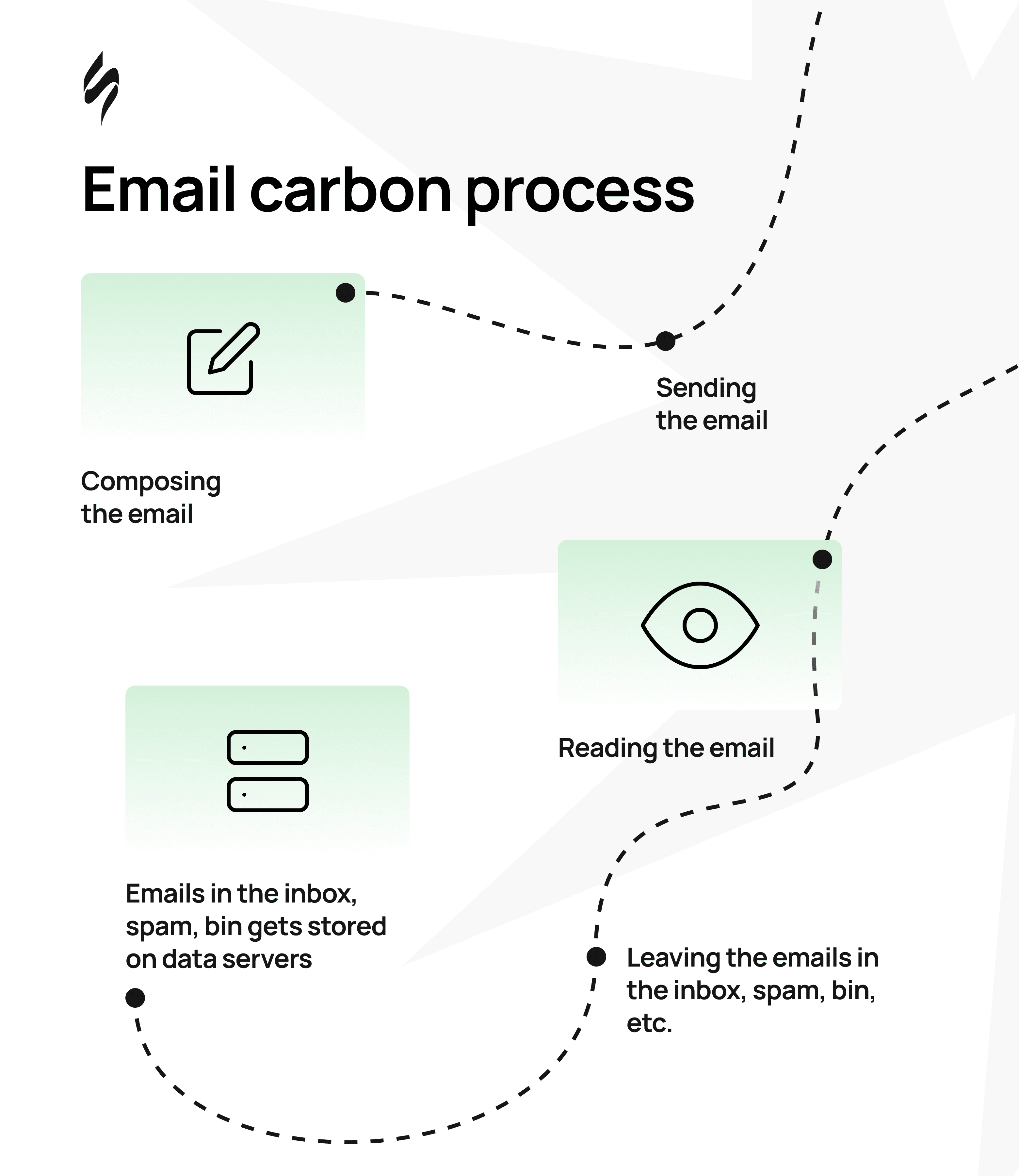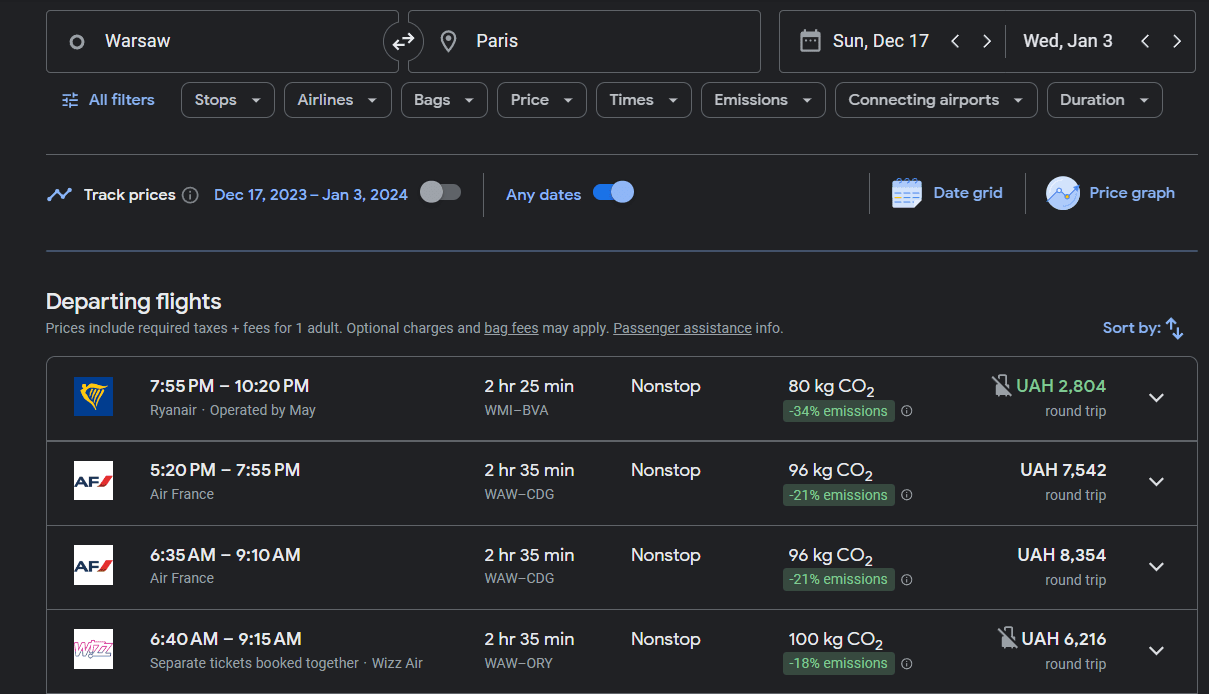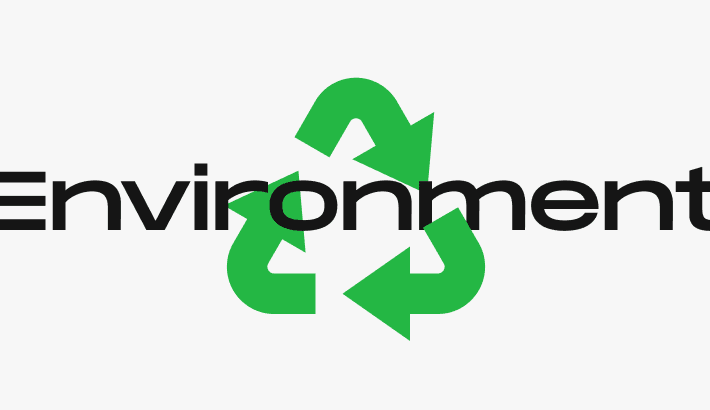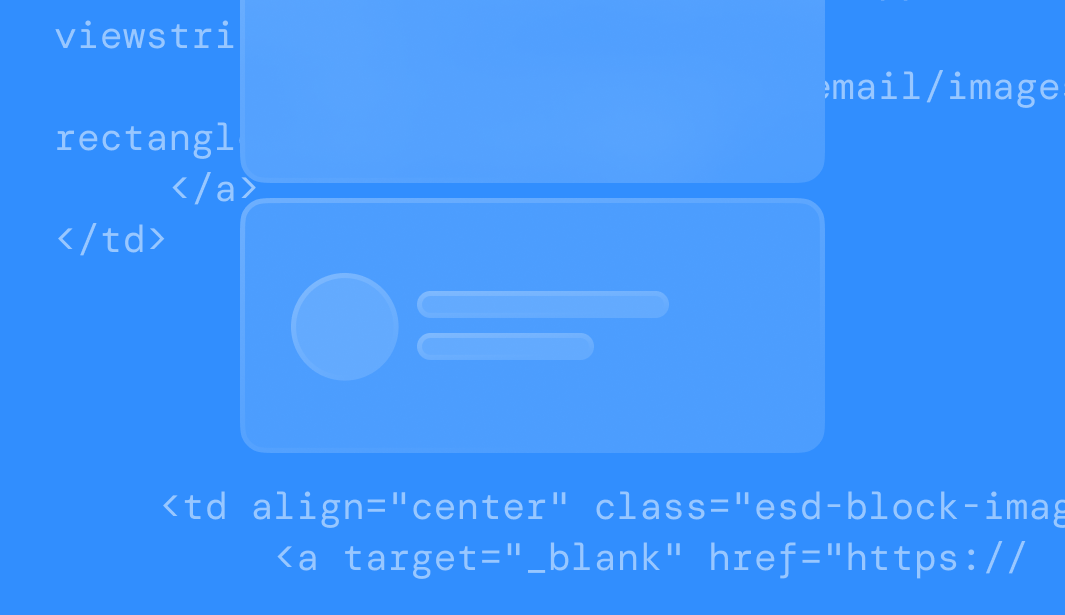Until humanity has learned to fully explore space and live on other planets, we must all protect our favorite ball of land and water called Earth. And this doesn’t just apply to sorting waste and using paper straws for cocktails. Even an ordinary thing like sending emails leaves its mark on the ecology of the planet.
In this article, we will talk about how emails affect the environment and what email marketing experts can do to improve the planet’s environmental situation. Without further ado, let’s get started.
Emails and their impact on the environment
First of all, here we talk about the carbon footprint concept. At its core, it is a measure of the total amount of greenhouse gases generated by our actions or how much we contribute to climate change. And yes, emails also contribute to this indicator.

To provide some examples:
- sending an email produces about 4 to 50 grams of CO2;
- storing an email in your inbox generates roughly 10 grams of CO2 per year;
- one person reading an email with media files exceeding 1 MB produces over 3.3 grams of CO2e.
These numbers may look insignificant, but sending, reading, and storing 2,654 emails would be equivalent to one Warsaw–Paris flight, which emits 99 kg of CO2.

(Source: Google)
Main reasons for email carbon footprints
Emails, like any product of computing activity, depend on electricity. Electricity generation on its own has a significant impact on the ecology of the planet. So email marketers should know what exactly is behind the carbon footprint of fairly familiar email campaigns.
Email size
It is worth noting that when we talk about the size of an email here, we are talking about the combined sizes of the email code and media, because they both affect the carbon footprint of the email.
When a short email of 10 KB without an attachment is written and read on a smartphone with a 4G connection and sent to one recipient, it produces about 0.4 grams of CO2e. Meanwhile, an email with an attachment that is 1 MB in size and written on a computer with a Wi-Fi connection and sent to one recipient generates 3.3 grams of CO2e. As you can see, the difference is obvious, and email size matters.
Servers and network maintenance
All the technology that handles emails, from SMTP and DNS to the many routers they pass through, uses energy. And don’t forget about storing emails—that takes energy, too.
The good thing is that many of the world’s biggest server companies, like Google and Amazon, are now using clean energy from sources like wind and sun to power them (and others are just switching to it).
Spam
Spam emails are not only annoying but also use up energy when they’re sent, received, or stored in our inboxes. There are so many spam emails worldwide that they waste a lot of energy.
But there’s good news! Spam filters are like heroes because they help a lot here. Gmail, for instance, deletes emails in the spam folder when they become 30 days old.
The work of devices
The biggest reason that sending and receiving emails creates CO2 emissions is because of the devices we use to do so. In fact, over 90% of the CO2 emissions from sending an email come from the computers and smartphones we use. For example, 31 kg of CO2 is emitted into the atmosphere per smartphone per month.
How to make things better
Now that we’ve learned how email marketing increases humanity’s carbon footprint, it’s time to talk about what every email marketer can do to make the environmental situation a little better.
Clean contact lists regularly
When it comes to being eco-friendly with emails, it all begins with having a clean list of contacts. A clean contact list ensures that you’re sending emails to people who actually want to receive your newsletters.
Here’s what you can do:
- remove all inactive contacts from your email list;
- give your subscribers the option to stop receiving your emails if they want to. In this simple way, you will avoid wasting energy on messages that people won’t even read;
- after initiating an email campaign, make sure to remove any email addresses that have problems like blocks, bounces, unsubscribes, or spam complaints.
This helps you send emails more efficiently and with less impact on the environment. Besides that, cleaning your email list increases your CTOR. It’s a win-win situation.
Use email segmentation
Sending mass emails that aren’t carefully aimed at your audience is not only ineffective marketing but also a waste of energy. By using email segmentation to send relevant messages to different people on your contact list, you can send fewer emails, connect better with your loyal and potential customers, and be kinder to the environment.
Optimize the size of your emails
To have a more significant impact on reducing your carbon footprint, you should consider making your emails smaller. When emails are smaller, they use less energy during the transmission process and when stored on servers.
Let’s talk about email media file size and email code size separately.
Here’s what you can do to decrease the size of your email media files:
- compress images: Use image compression tools to reduce file size without significantly compromising quality. Formats like JPEG or PNG can be compressed effectively;
- resize images: Reduce the dimensions of the images. Large images aren’t often necessary for email communication and can be resized to smaller dimensions;
- optimize video files: If you want to embed videos in emails, be sure to compress them or use a lower resolution. Alternatively, you can host videos on platforms like YouTube or Vimeo and send a link instead of embedding the video;
- avoid unnecessary attachments: Only include media files if they are essential.
Here’s what you can do to decrease email code size:
We know that there are so many things that affect the size of email code, like email length, applied conditions (e.g., <!--[if mso]>), and email optimization for screen readers, which is a must for accessibility.
And here, we have a dilemma: more code is bad for the environment, but at the same time, less code is bad for accessibility. To find a way out, we contacted email coding guru Mark Robbins, who shared his thoughts about this.
Here’s what Mark Robbins suggests to reduce file size:
- make content concise and relevant;
- simplify the design;
- use a single-column layout;
- embrace default user agent styles;
- embrace CSS inheritance;
- remove any outdated workarounds that are no longer needed;
- remove any unused styles;
- minify the code.
Benefits of email testing
Sending emails with some errors is not uncommon in email marketing. In some cases, marketers do not spot a broken link; in others, they incorrectly indicate the time of an event but let the email reach the recipient’s inbox. To correct their mistakes, marketers must send new, corrected emails or apology emails. Sending these additional emails not only uses energy but also adds to CO2 emissions. To prevent the need for these mistaken campaigns, it’s a good idea to thoroughly test your emails before sending them.
We’ve made a special email marketing checklist that’ll help you test your emails from A to Z before sending them. Just go through all of its steps, and you can be sure that your email is mistake-free.
Wrapping up
Even though emails are a fairly environmentally friendly way of communicating, there is always room for improvement. Keeping your email list clean, segmenting your audience, and reducing the size of your emails are the main things email marketers can do to make their email marketing eco-friendly.
After all, taking care of the environment is our main task if we want to provide a promising future for our descendants on this planet. The most important thing is to start in this direction, which is what we encourage all email marketers to do.








0 comments